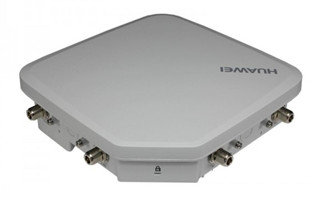
We know that there are two types of WLAN hardware: AC and AP. we will introduce these two types of hardware respectively.
AC currently has three models: AC6005, AC6605 and ACU2.
AC6005
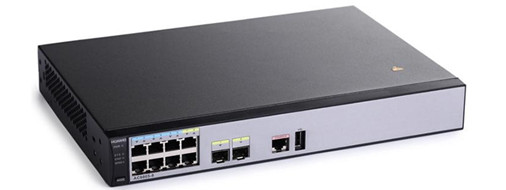
AC6005 provides rich interface types to meet various application scenarios.
It has 8 GE ports, providing 20Gbit/s switching capacity and 4Gbit/s forwarding capacity.
The 8-port PoE full supply capability can meet the network deployment requirements of directly hanging APs under AC or other terminals that require power supply.
It has multiple reliability designs to ensure the normal use of the equipment for a long time.
Support port redundancy backup based on LACP (Link Aggregation Control Protocol) and MSTP (Multiple Spanning Tree Protocol).
Support networking 11 redundant hot backup.
The installation is simple, the maintenance is convenient, and it meets the customer's deployment requirements.
The size of AC6005 is 320mm×233.6mm×43.6mm, which is suitable for installation in desktop and standard IEC cabinet (19 inches).
Built-in Web network management, can provide local graphical management.
The network management eSight has a wealth of northbound interfaces, which conforms to the usage habits of enterprise users.
Support the temperature detector on the board to monitor the AC operating environment in real time.
AC adopts a variety of energy-saving measures, including:
The silent fan is adopted, and the fan speed is automatically adjusted to reduce the noise of the system and save the power consumption of the fan. When the device connected to the opposite end of the service port is not detected, that is, the port is idle, the device enters a power saving mode to reduce power consumption. Adopt advanced technology, high integration, low power consumption chips, and cooperate with the intelligent equipment management system to make full use of the low power consumption characteristics of the chip, which not only improves the system performance but also reduces the power consumption of the whole machine
AC6605
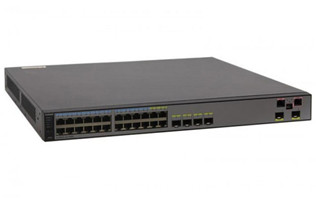
Provide high-capacity, high-performance integrated design solutions, with a wide range of network deployment flexibility.
Integrated design: AC can be used as a wired access or aggregation device, or as a wireless access management device.
It has 24 GE ports and 2 10GE ports, providing 128Gbit/s switching capacity and 10Gbit/s forwarding capacity.
The 24-port PoE full supply capability can meet the network deployment requirements of directly hanging APs under AC or other terminals that require power supply.
It has multiple reliability designs to ensure the normal use of the equipment for a long time.
Support port redundancy backup based on LACP (Link Aggregation Control Protocol) and MSTP (Multiple Spanning Tree Protocol).
Supports dual power backup for both AC and DC.
Supports single power supply when the power module is hot-swappable.
Support networking 11 redundant hot backup.
Simple installation, convenient maintenance, meeting customer's deployment requirements
The size of AC6605 is 442mm×420mm×44.4mm, which is suitable for installation in a standard IEC cabinet (19 inches).
The power supply supports hot swap and easy maintenance.
Built-in Web network management, can provide local graphical management.
The network management eSight has a wealth of northbound interfaces, which conforms to the usage habits of enterprise users.
Support temperature detector on board, real-time monitoring of AC operating loop
ACU2
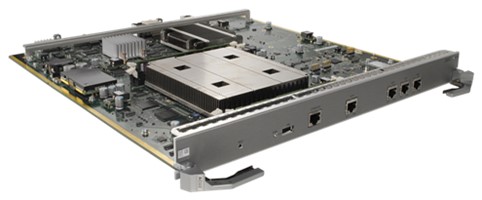
ACU2 can be plugged into S7700&S9700&S12700 to form a wireless local area network, which is mainly used in industry networks.
Features:
Powerful access capacity and processing capabilities.
The ACU2 board has 2048 AP access control capabilities (2048 tunnel forwarding), and supports up to 32K wireless terminals;
Possesses close to 40G line-speed centralized forwarding processing capability.
The independent business single board is convenient for integrated deployment and large-capacity expansion.
When the enterprise has deployed a wired network, the switch board provides wireless access capabilities, enriches the business functions on the aggregation switch, and integrates multiple services, effectively reducing the footprint and external wiring, and reducing the overall cost.
Users can plug in as many ACU2 boards as needed to achieve the access control capability of N*2048 APs. N is the number of ACU2 boards inserted.
APs can be divided into indoor APs and outdoor APs according to application scenarios.
Indoor AP: Indoor AP equipment. For occasions where the building structure is relatively simple, the area is relatively small, the users are relatively concentrated, and the areas that require large capacity, such as small meeting rooms, bars, leisure centers, etc., indoor AP equipment should be used. This type of equipment can be based on Flexible implementation of distribution in different environments can also work in mixed modes such as AP and bridge at the same time.
Indoor APs have a common feature, that is, they are beautiful and generous, because they must be placed indoors without affecting the beauty of the interior decoration. For example, AP2010DN, nicknamed "panel AP" as the name implies, this kind of AP is installed indoors like a small panel, which is integrated with the wall.
AP2010DN
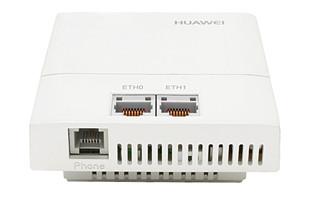
AP3010DN
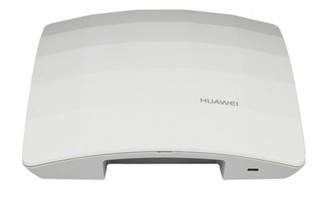
AP5010DN
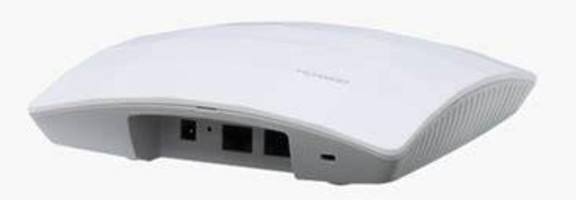
AP6010DN
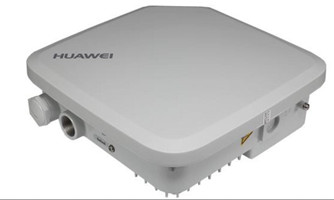
Room AP
Here we need to explain what is called a room sub-AP, which is an indoor distributed AP device. For occasions where the building area is large, the users are widely distributed and the indoor distribution system for multiple systems has been built, such as large office buildings, commercial and residential buildings, hotels, hotels, airports, stations, etc., indoor distributed AP equipment should be used. This type of equipment is connected to the indoor distribution system as the signal source of the WLAN system to achieve coverage of indoor WLAN signals.
For example: In an express hotel, there are many rooms on each floor. Of course, it is also possible if one room or two rooms share one AP. Because this is an express hotel, how can you reduce costs without sacrificing service? Our room division AP can be grandly played. In buildings such as hotels, there are usually room division systems deployed by operators to ensure the coverage of 2G and 3G mobile phone signals. We can make good use of the room division system. We share a radio frequency antenna in one or several rooms, and then connect it to the room AP through the room division system. This can be done. Only one room division AP is needed on the first floor of the hotel. In layman's terms, the indoor AP is to extend the antenna to each room, instead of deploying an AP in each room. The following picture can help you understand the working scene of the room sub-AP:
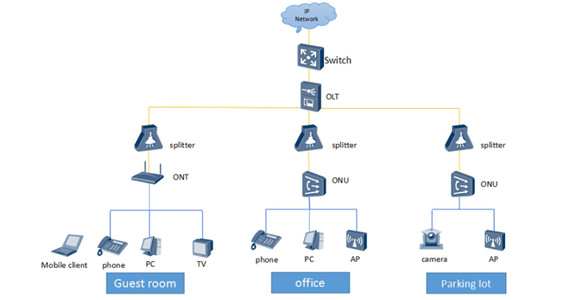
The model of the indoor AP is AP6310SN
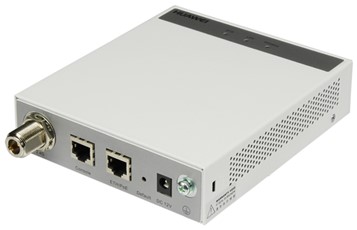
Outdoor AP: Outdoor distributed AP equipment. For occasions where there are many access points, a large number of users, and the distribution of users is relatively concentrated, such as schools, large-scale convention and exhibition centers and other large places, outdoor AP equipment networking should be used.
Outdoor APs have excellent outdoor coverage performance and strong protection to adapt to the wind and rain outdoor environment, with IP67 protection level.
AP6510DN
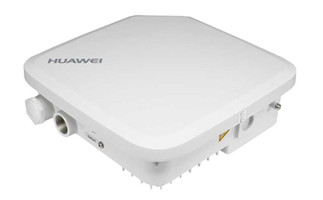
AP6610DN
